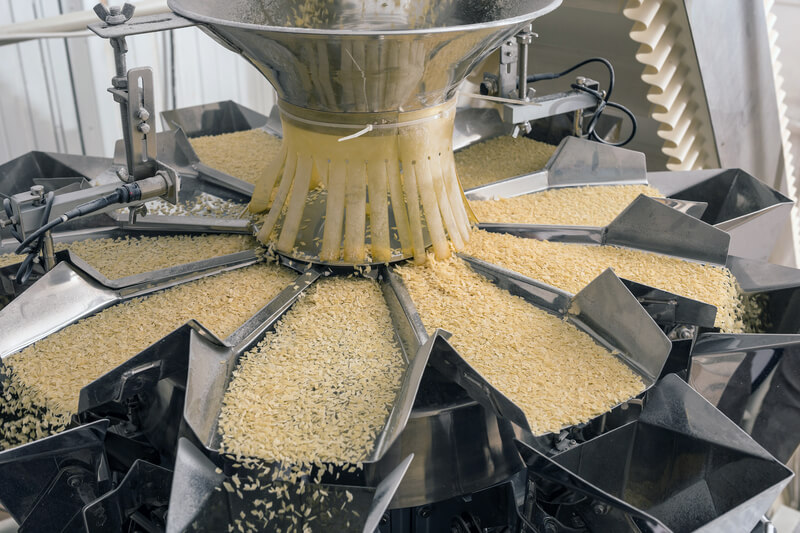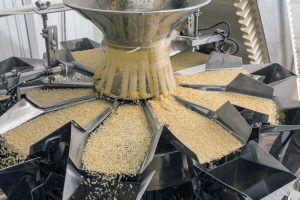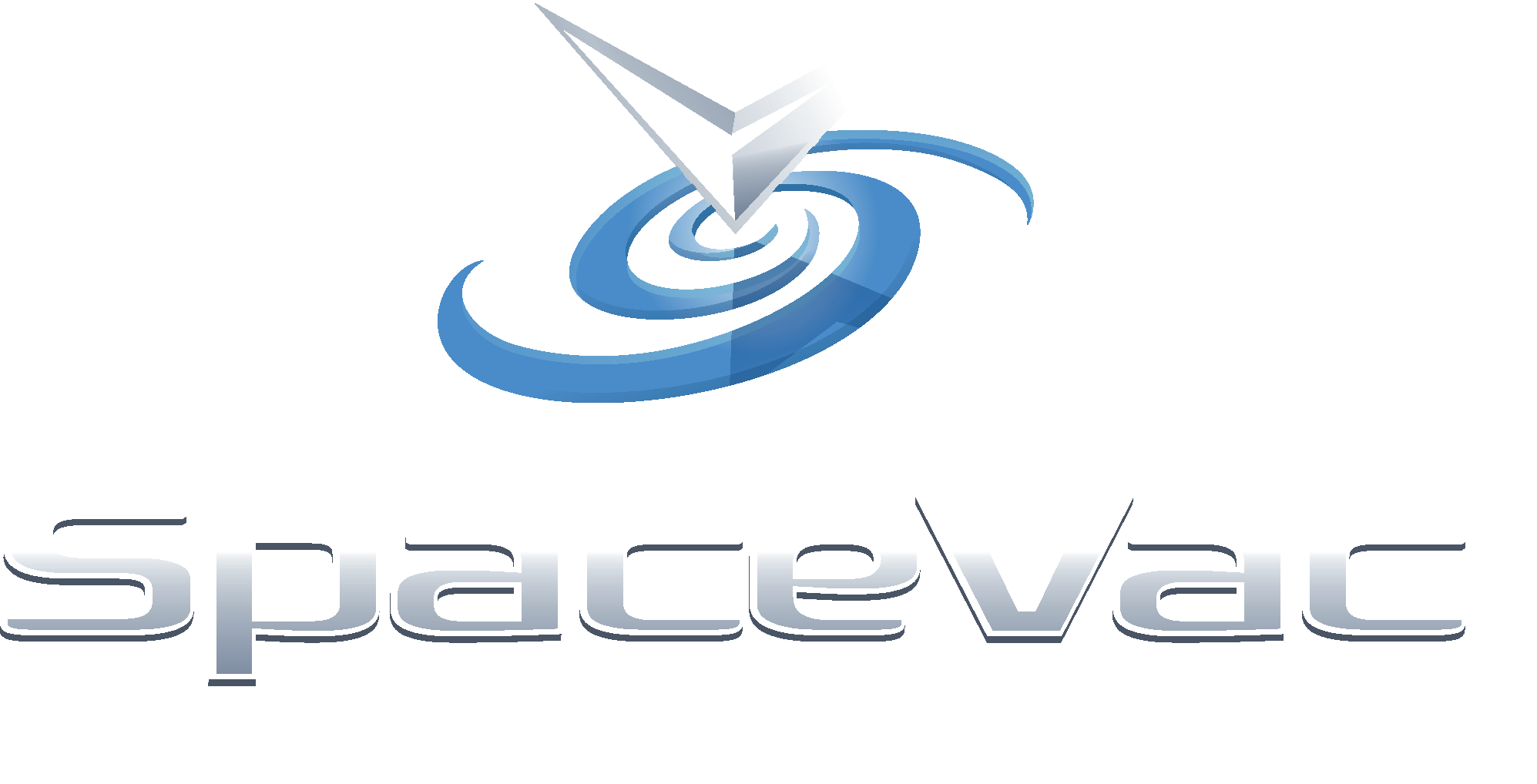How Do Employers Identify A Combustible Dust Hazard?

What Is Combustible Dust?
Combustible dust is defined as being any material that comes in the form of fine solid particles with the potential to explode or catch fire. This includes powders, fibres and flakes such as flour, grains, charcoal, metal fibres, textiles and more. It’s important to note that some materials defined as combustible may only be so if they are of a certain size and concentration.
It’s important for businesses to recognise when they are dealing with combustible dust so that the proper safety measures are taken. Even the smallest buildup of dust in the right conditions has the potential to be devastating for your business, staff and buildings.
To help monitor your levels of combustible dust and maintain a safe working environment, SpaceVac produces a wide range of high reach ATEX cleaning equipment. Our products provide spark-free solutions to the removal of dust buildups in your working environment, even in difficult to reach areas.
Why Is Combustible Dust Hazardous?
The most obvious hazard of combustible dust is of course combustion. This may come in the form of fire, flash fires or explosions – all of which are extremely dangerous. Fires can spread quickly in industrial environments and destroy buildings and valuable equipment. Staff are also at risk from industrial fires as they can be burned or subjected to harmful chemical fumes.
Depending on the material, combustible dusts have the potential to directly lead to health issues and illness. Workers may develop respiratory illnesses, lung disease or cancers as a result.
Common Workplaces That Are At Risk For Dust Explosions
Dust explosions are a hazard in a number of different environments across many industries. Any workplace where materials are handled, processed, transported, stored, cut, mixed or dried may all be at risk from potential duct exsplosions.
Industrial Environments – Metal processing such as cutting magnesium or aluminium, chemical manufacturing, fabric production and woodwork.
Agriculture and Food Production – Handling of fertilisers, grains or compost, as well as food manufacturing processes that deal with flour, sugar, spices or starch.
Mining Facilities – Coal mining, processing and handling.
Recycling – Environments that deal with paper, plastics, metals ect.

Examples Of Materials That Can Be A Combustible Dust Hazard
Not all dusts pose the same level of risk so an understanding of the different combustion levels is required:
Dusts that come as a result of welding or are thermally generated will not pose any threat of combustion, nor will silica dust.Small explosions may be possible when handling dust from charcoal, sugar, sulfurs, wood, zinc and powdered milk. Strong explosions will be possible when dealing with dust from cellulose and wood flour. Very strong explosions are typical of dust from metals dusts such as aluminium, titanium and magnesium.
Combustion can also occur in a wide range of other materials including tobacco, plastics, pesticides, pharmaceuticals and many more.
How Can An Employer Identify A Combustible Dust Hazard?
Identifying the potential level of hazard that combustible dust poses to your business is dependent on a number of different variables. Proper risk assessments should be undertaken by trained professionals to identify the hazards to determine the correct approach for daily practises, storage and removal of materials.
Hazard identification should start with analysing the material itself. Dusts will have different combustion levels depending on their manufacturing process, particle size and material type. Some materials such as silica dust will pose no threat of explosion, whilst metals dusts from magnesium or aluminium for example are considered very explosive.
It is essential that you do adequate research on the dust type that you are handling. Is it combustible? Are there other cases where your material has combusted? Research online, or use resources and directives such as Directive 1999/92/EC (ATEX 153/ATEX Workplace Directive) or Directive 2014/34/EU (ATEX 114/ATEX Equipment Directive).
Once you have a good level of understanding about the type of dust you are handling you should then focus on analysing your working environment. Identify any potential sources of ignition and assess the level of exposure dust will have to electrical appliances. You should then begin to mark out areas where dust may collect. These may be high up or hidden areas within your workplace, such as air vents, lighting, support beams or inside equipment.
How To Prevent A Combustible Dust Explosion?
Preventing a combustible dust explosion should always be your primary focus when working with potentially explosive materials. It starts with identifying the hazard to gauge the correct level of control necessary.
Your daily processes should all be informed by the presence of combustible dust. ATEX cleaning equipment should be used at all times to remove potential dust buildups. Staff should be trained fully on this equipment to the appropriate standard. As well as using high reach ATEX cleaning equipment, any other practices that could act as a source for combustion – such as cutting or welding – should be fully monitored.
Businesses should work to develop a combustible dust program for the regular monitoring and inspection of dust levels. Inspections should include machinery, air vents, lighting and any high up or difficult to see areas where regular monitoring is not possible. Also ensure that the correct storage procedures for combustible dust are always followed.
This should be present for companies that do not deal with combustible dust as well, but establishing a fire safety plan is essential. All staff should have read and understood this fully and time should be taken to educate all members of your workforce about the hazards and correct handling methods of combustible dust.
How SpaceVac Can Help You!
SpaceVac is a market leader in providing high-quality ATEX cleaning equipment. Our products will provide spark-free solutions to the removal of combustible dusts to ensure your workplace remains safe from potential combustion hazards. It is essential that you maintain high levels of safety for your staff, customers and business and adhere to the Directive 1999/92/EC (ATEX 153/ATEX Workplace Directive) or Directive 2014/34/EU (ATEX 114/ATEX Equipment Directive).
If you work in an environment that deals with any of the materials discussed in this piece, contact SpaceVac today and we’ll help you select the right ATEX cleaning equipment for your requirements.

